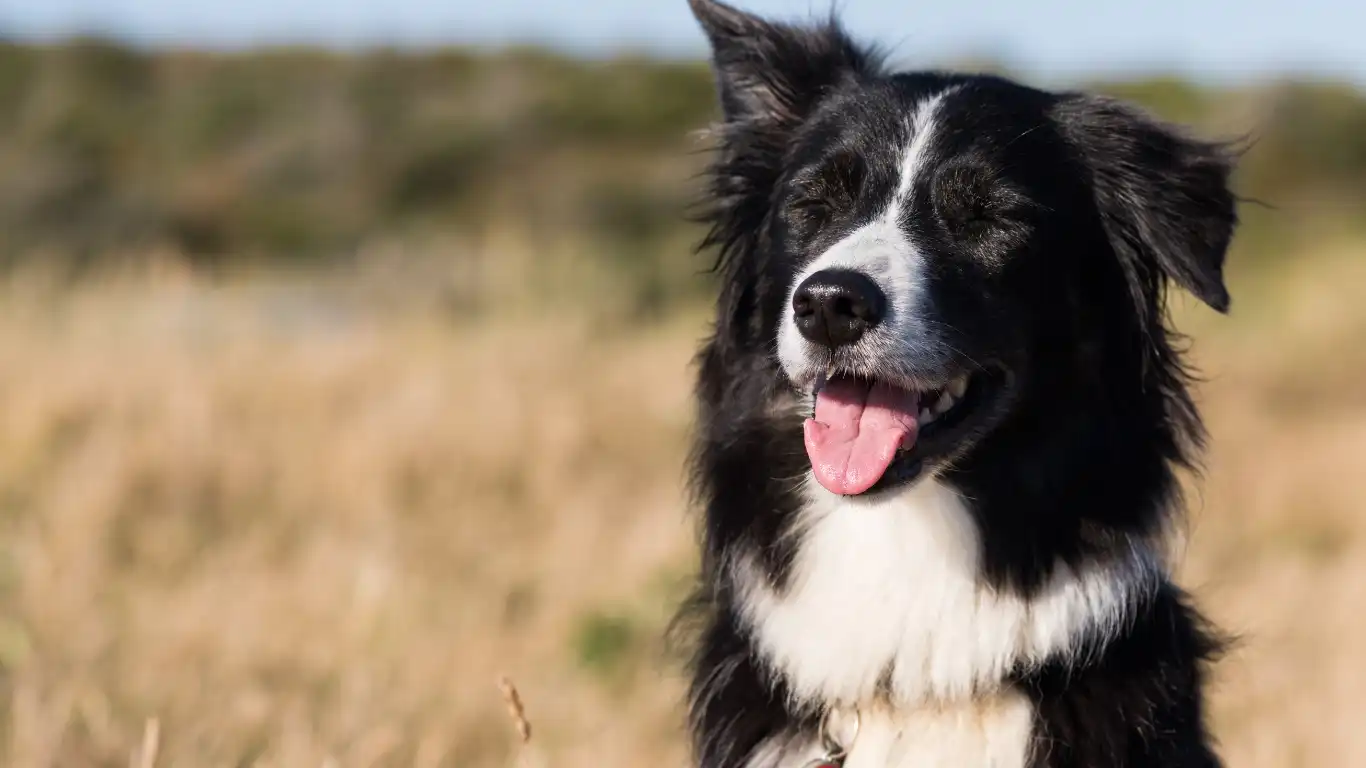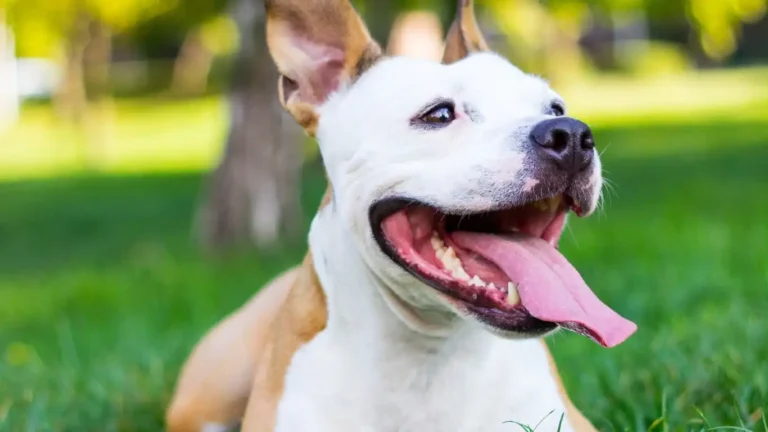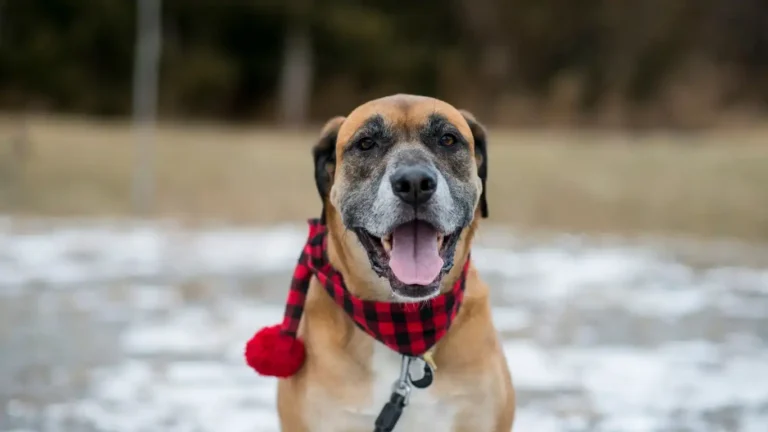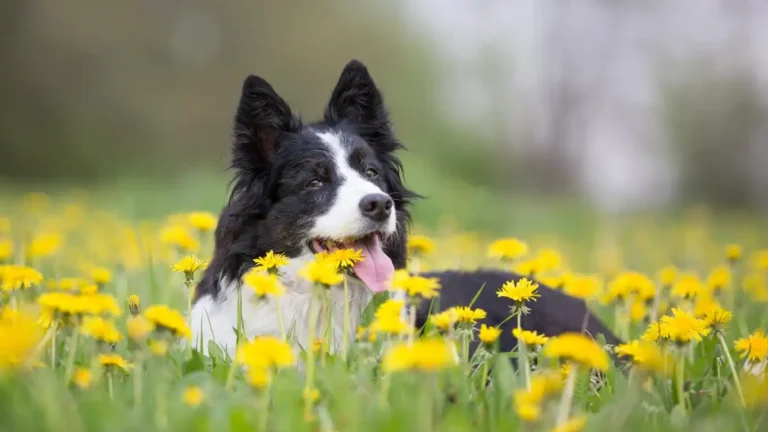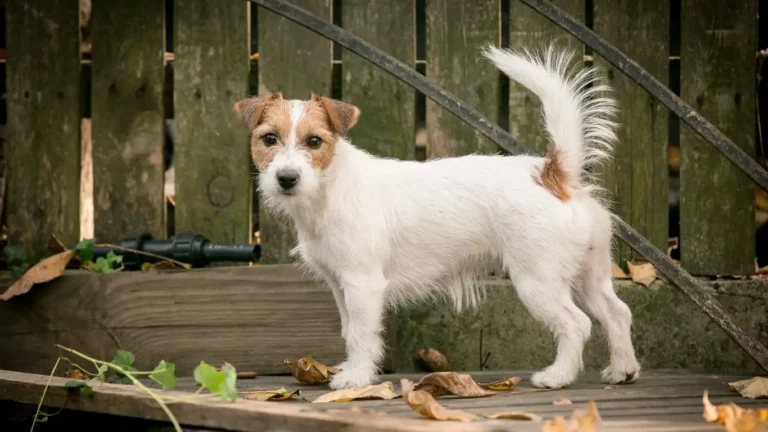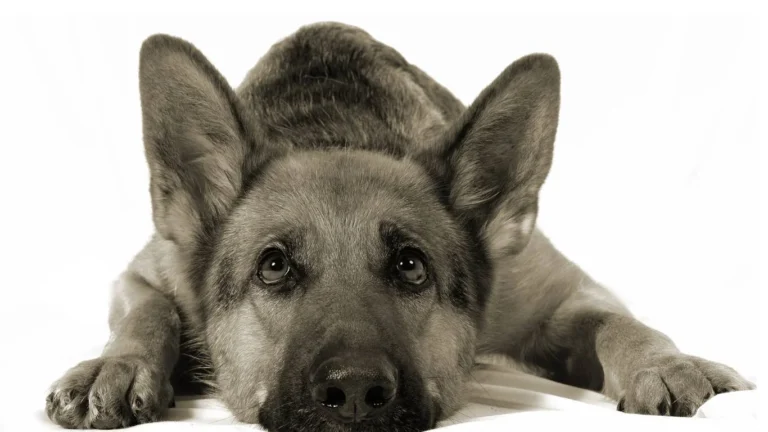How to Improve Your Dog’s Behavior Through Enrichment Fast
Ever found yourself wondering how to improve your dog’s behavior through enrichment? As someone who’s been deep in the trenches of veterinary medicine, specifically in nutrition and behavioral wellness, I’ve seen firsthand how much of a game-changer enrichment can be. I’ve had clients come in ready to give up on their “bad dog” — only to later thank me after a few changes in their routine transformed their furry tornado into a calm companion. This isn’t about strict training regimens or expensive gadgets; it’s about engaging your dog’s mind in ways that feel like fun, not work.
Why Mental Enrichment Matters Just as Much as Physical Exercise
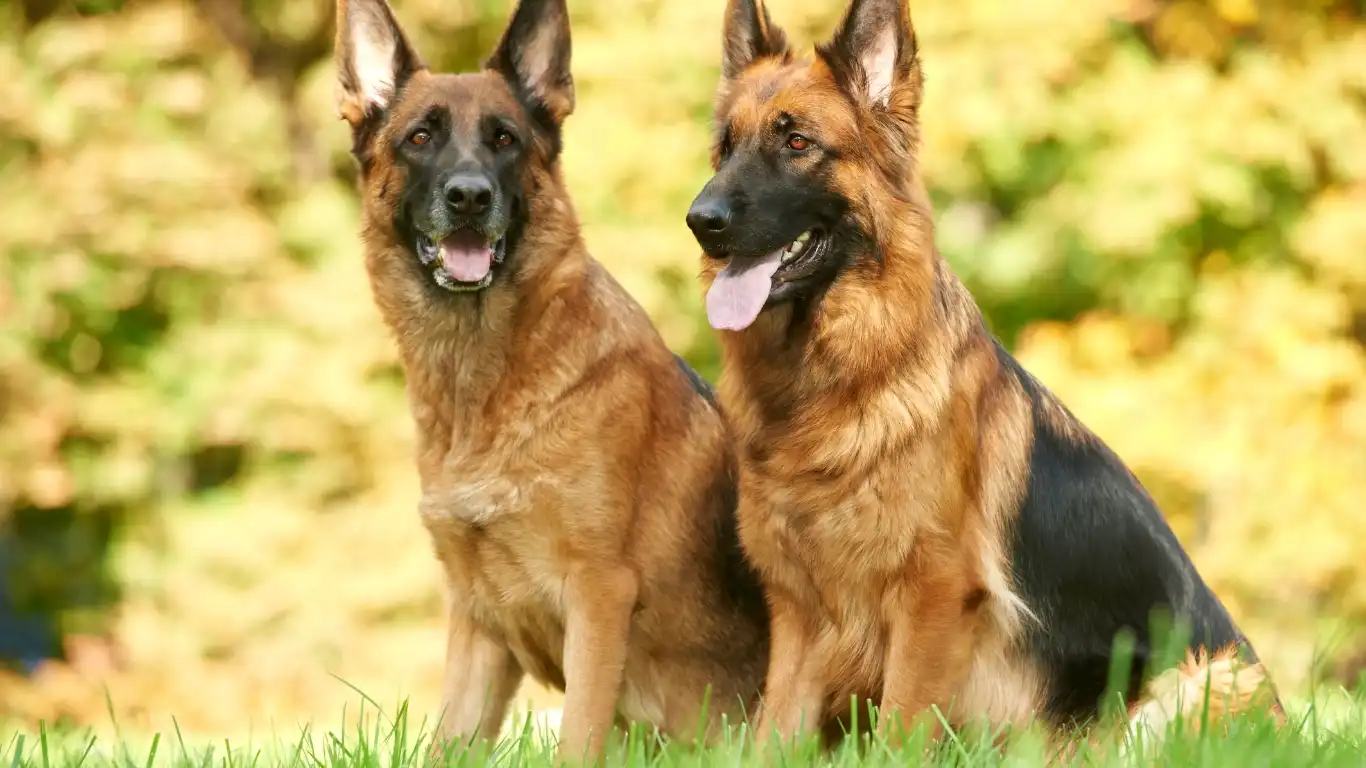
We all know a tired dog is a good dog, but that doesn’t mean just a long walk or a game of fetch. Mental stimulation — think puzzles, scent work, and social interactions — can wear out a dog just as much as a 3-mile hike. In fact, some of the most behaviorally “difficult” dogs I’ve worked with were simply bored out of their minds. When you add enrichment, you’re offering your dog an outlet for natural behaviors like sniffing, chewing, and solving problems — things they were born to do.
Signs Your Dog Might Need More Enrichment
- Destructive chewing (goodbye couch cushions)
- Barking at anything and everything
- Zoomies that feel more like a four-legged rampage
- Obsessive behaviors like tail-chasing or licking
I’ve had dog parents come into the clinic stressed to the max over these behaviors, assuming it was separation anxiety or just “bad behavior.” But more often than not, their pup was simply under-stimulated. A little enrichment goes a long way, trust me!
Simple Enrichment Ideas That Fit Into Everyday Life
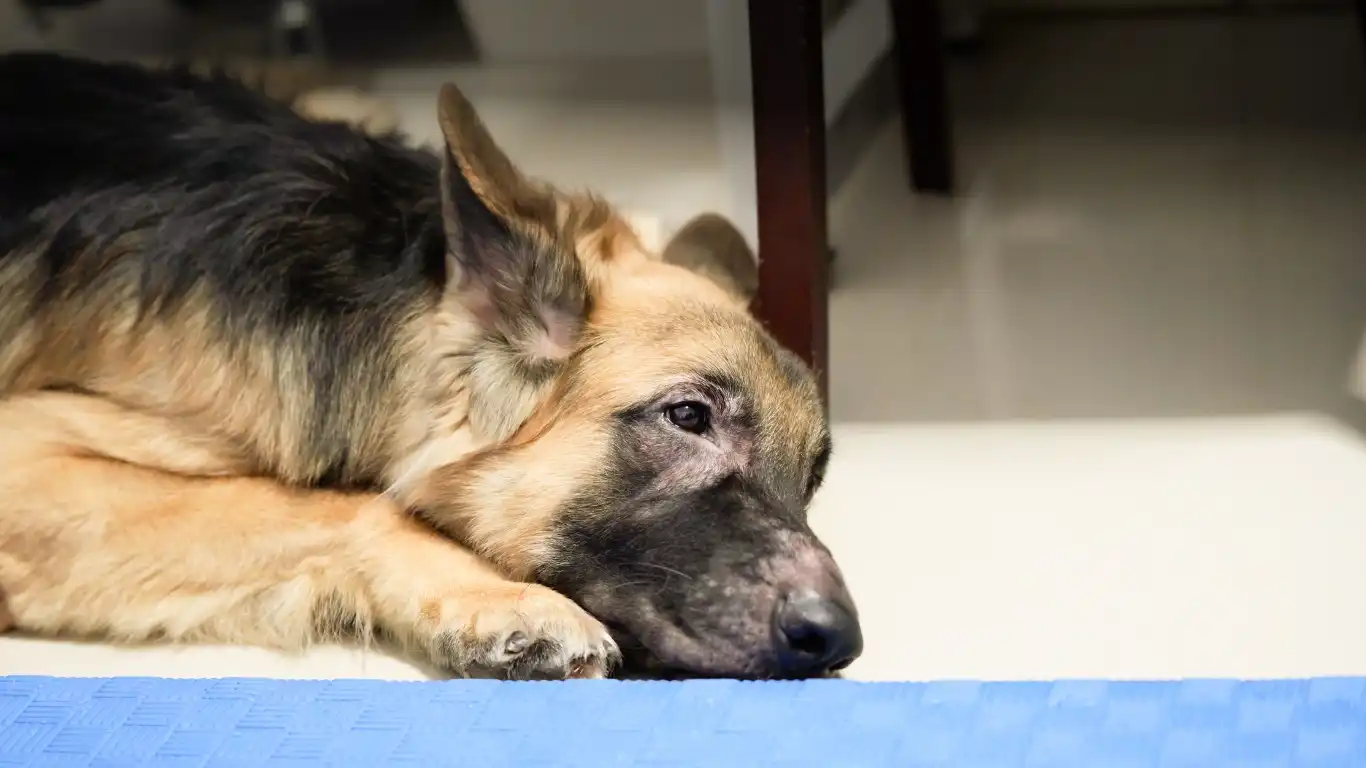
Food Puzzles and Slow Feeders
This one’s my go-to recommendation — it’s enrichment and nutrition in one shot. Instead of dumping kibble in a bowl, use a puzzle feeder or stuff a rubber toy with a mix of their food, yogurt, or even a smear of peanut butter. Not only does this slow down speedy eaters, but it also gets their brain firing. I remember giving this advice to a client with a hyper Labrador; within a week, she called back saying mealtimes were now peaceful and the chewing had magically stopped.
Sniff Walks and Scent Games
Letting your dog sniff during a walk isn’t laziness — it’s enrichment! Dogs see the world through their nose, and sniffing activates their brain in the same way reading a book does for us. Even five minutes of focused sniffing can help tire out your dog mentally.
- Scatter treats in the yard and let your dog hunt them down.
- Hide a favorite toy and give a cue like “Find it!”
- Create scent trails using a dab of broth or treat crumbs indoors on rainy days.
DIY Toys From Stuff You Already Have
No need to break the bank. Wrap a treat in a towel, place it in a box, then put that box in another box. Now your dog’s got a mini escape room. Old muffin tins with treats and tennis balls? Instant nose work game. My own rescue mix, Luna, would light up when I brought out her homemade “snuffle blanket” — basically strips of fleece with kibble hidden inside. Enrichment doesn’t have to be fancy to be effective.
When Enrichment Helps More Than Training Alone
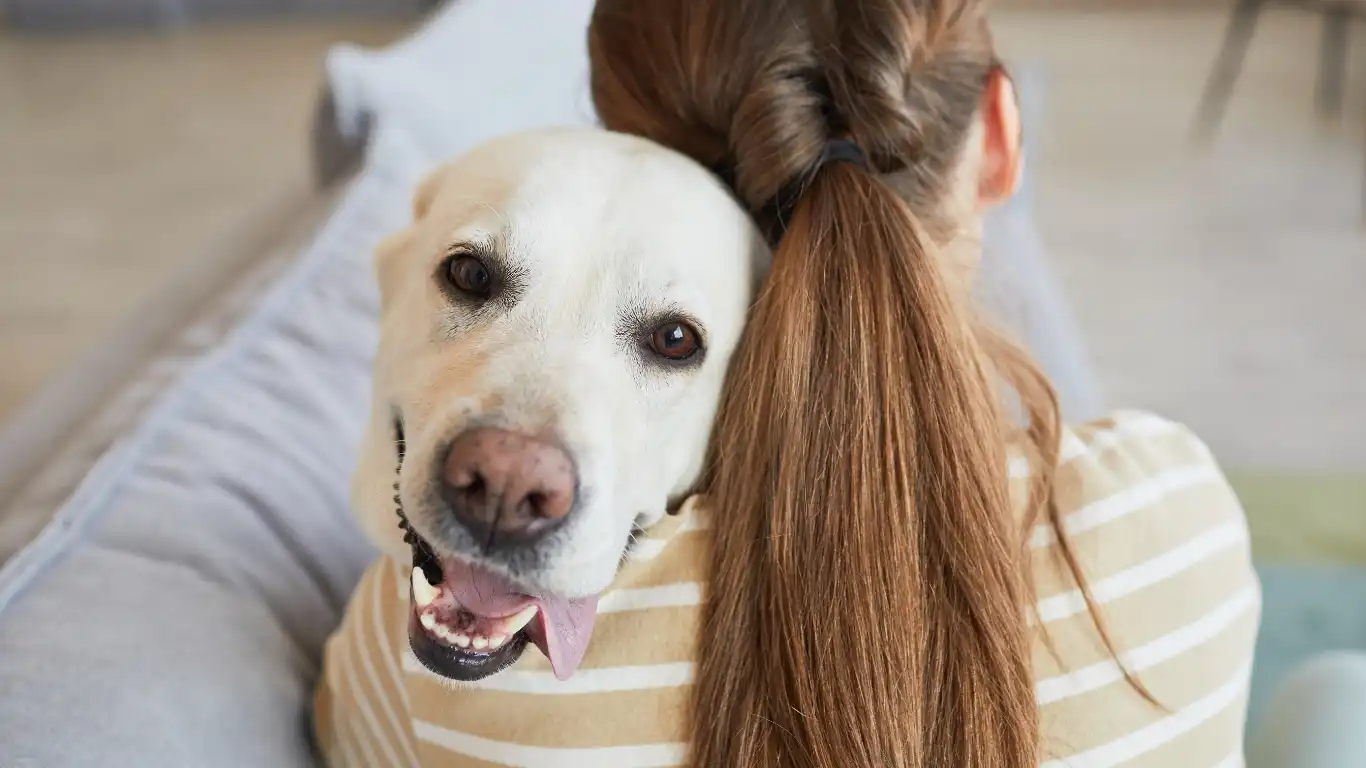
Let’s get real for a second — sometimes obedience training just isn’t enough. I had a bulldog patient, Meatball (cutest grump ever), who knew every command but still acted out like a toddler on espresso. Turns out, he was craving more mental challenge than “sit” and “stay.” When we introduced foraging games and added frozen treat puzzles to his routine, the change was almost instant. Training creates structure, sure, but enrichment addresses the *why* behind the behavior. That’s where the magic happens.
How to Improve Your Dog’s Behavior Through Enrichment in Multi-Dog Homes

Living in a multi-dog household? Enrichment can actually improve harmony between pets — if done right. I’ve worked with countless families juggling two or more pups, and let me tell you, group enrichment is not only possible, it’s a golden opportunity to reinforce positive social behaviors.
Tips for Enriching a Multi-Dog Environment
- Supervised solo play: Give each dog their own toy or puzzle feeder in a separate space to avoid resource guarding.
- Group scent games: Hide treats in the yard for everyone to search together. It becomes a team sport!
- Rotating enrichment: Introduce one new activity at a time so they don’t get overstimulated or competitive.
One of my clients had a pair of very different pups — a Border Collie and a Pug. The Border Collie loved agility drills, while the Pug preferred a comfy snuffle mat. By customizing enrichment to their personalities, the household stress levels dropped big time.
Using Nutrition as Enrichment (Yes, Really!)

Now this one’s close to my heart. As a vet tech with a nutrition specialty, I’ve always preached that enrichment and feeding aren’t mutually exclusive. In fact, the way you deliver your dog’s meals can either reinforce good behavior or, well, accidentally hype them up.
Interactive Feeding Ideas That Nourish and Stimulate
- Frozen Lick Mats: Spread canned food, plain pumpkin, or low-sodium broth on a textured mat and freeze it. This calms anxious dogs and gives them a soothing activity.
- Scavenger meals: Instead of a bowl, hide kibble throughout the house. Make them work for their food!
- Homemade treat puzzles: Use safe cardboard boxes and cups to layer food — they’ll love the challenge of “unwrapping” their meal.
I once worked with a senior Dachshund who refused to eat from a bowl after a dental procedure. The trick? We switched her to a frozen enrichment toy filled with soft food. Not only did she start eating again, she looked forward to mealtime like it was a new game each day.
Enrichment for Puppies: Start Smart, Start Early
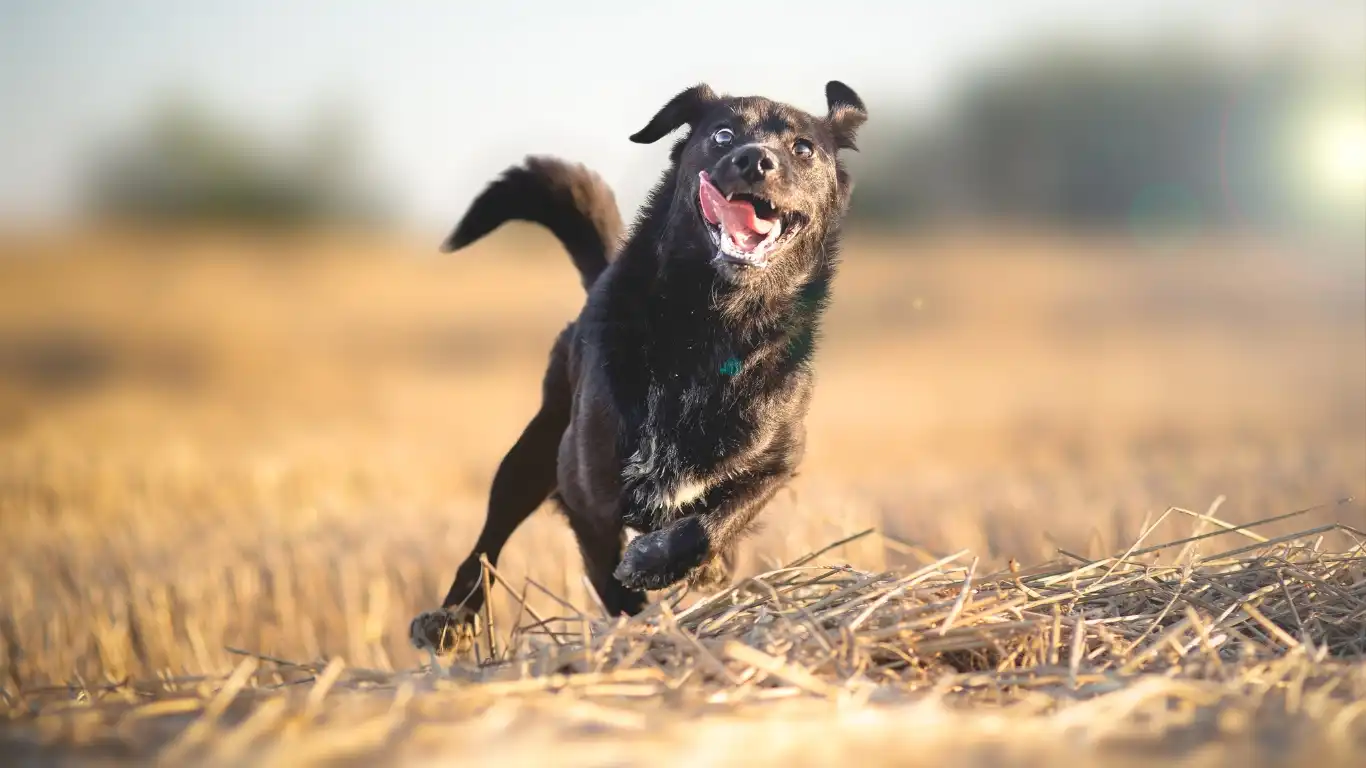
Puppies are natural explorers — everything is exciting and every sound is a potential playtime. Introducing enrichment early sets the tone for a confident, well-adjusted dog later. The key is to keep things age-appropriate and safe.
Enrichment Activities Tailored for Puppies
- Miniature snuffle mats: Short sessions to avoid overwhelming them but still challenge their brains.
- Chew toys with varied textures: Great for teething and self-soothing.
- Soft puzzles: Start with toys that don’t require too much force or complexity.
During a puppy wellness consult, I always sneak in enrichment talk — even if the owner came in just for vaccinations. I had one little Aussie pup who was bouncing off the walls (adorable, but exhausting). Just a few minutes of controlled enrichment a day and, suddenly, crate time wasn’t a battle anymore. A small win that made a big difference.
When to Adjust or Rotate Enrichment Activities

If your dog seems bored with their once-favorite toy, don’t worry — it’s normal. Dogs, just like us, crave novelty. The trick is to rotate their enrichment activities so things stay exciting without overwhelming them.
How to Keep Things Fresh
- Rotate toys every 3–4 days. Out of sight, out of mind — then it feels brand new next time!
- Introduce new challenges gradually, building on what your dog already enjoys.
- Watch their body language. If your dog walks away from a toy or activity, they might be ready for something new or a break.
One tip I often give pet parents: keep an “enrichment box” tucked away. Fill it with a few toys, puzzles, and DIY games. When you sense your dog needs a mental reboot — boom, new stimulation at your fingertips.
Building a Routine Around Enrichment for Lasting Behavior Improvement
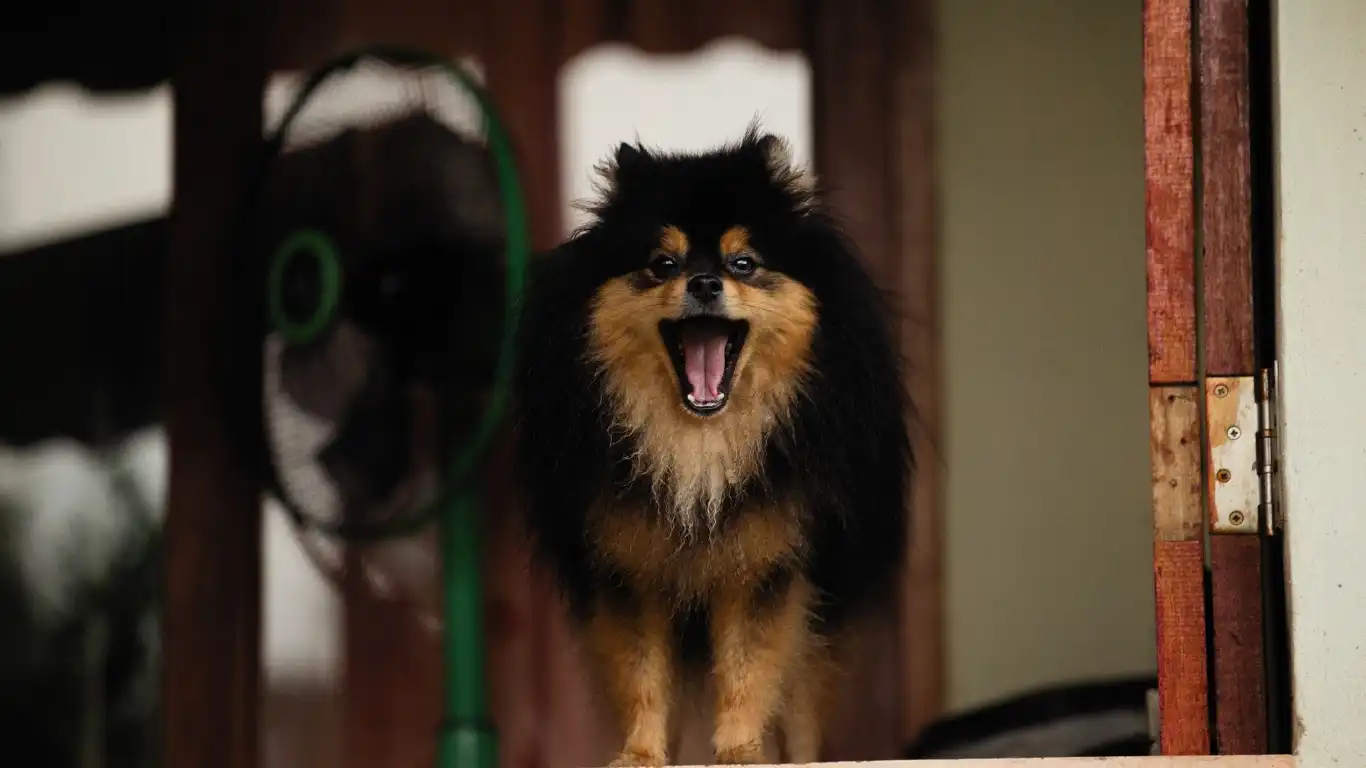
One of the biggest pieces of advice I give to dog parents is this: consistency is your best friend when it comes to enrichment. You might be thinking, “Okay, great, but how do I actually fit this into my busy life?” Trust me, I get it. Between work, errands, and everything else, it can feel impossible to add something new to the daily grind.
Here’s the thing — enrichment doesn’t have to be a huge time commitment. Even 10 to 15 minutes a day of focused mental activities can make a world of difference. Over time, these little pockets of stimulation add up and create a dog who’s not only better behaved but also happier and more relaxed overall.
Crafting Your Dog’s Enrichment Schedule
- Morning Mind-Work: Start the day with a slow feeder or puzzle toy at breakfast. It gives your pup a calm, engaging start rather than a wild, frantic dash for food.
- Midday Sniff Break: Incorporate a sniff walk or a quick scent game. I often tell clients that just a few minutes spent letting their dog explore scents can be as tiring as a walk.
- Evening Wind-Down: Finish with a calming enrichment activity like a frozen lick mat or a gentle chew toy. It’s a great way to help your dog relax before bedtime.
Personally, I’ve seen this structure work wonders with clients who struggled with nighttime barking or destructive behaviors. They tell me it’s like their dog “switches off” once they have that mental wind-down built in.
When to Seek Professional Help for Behavior Issues
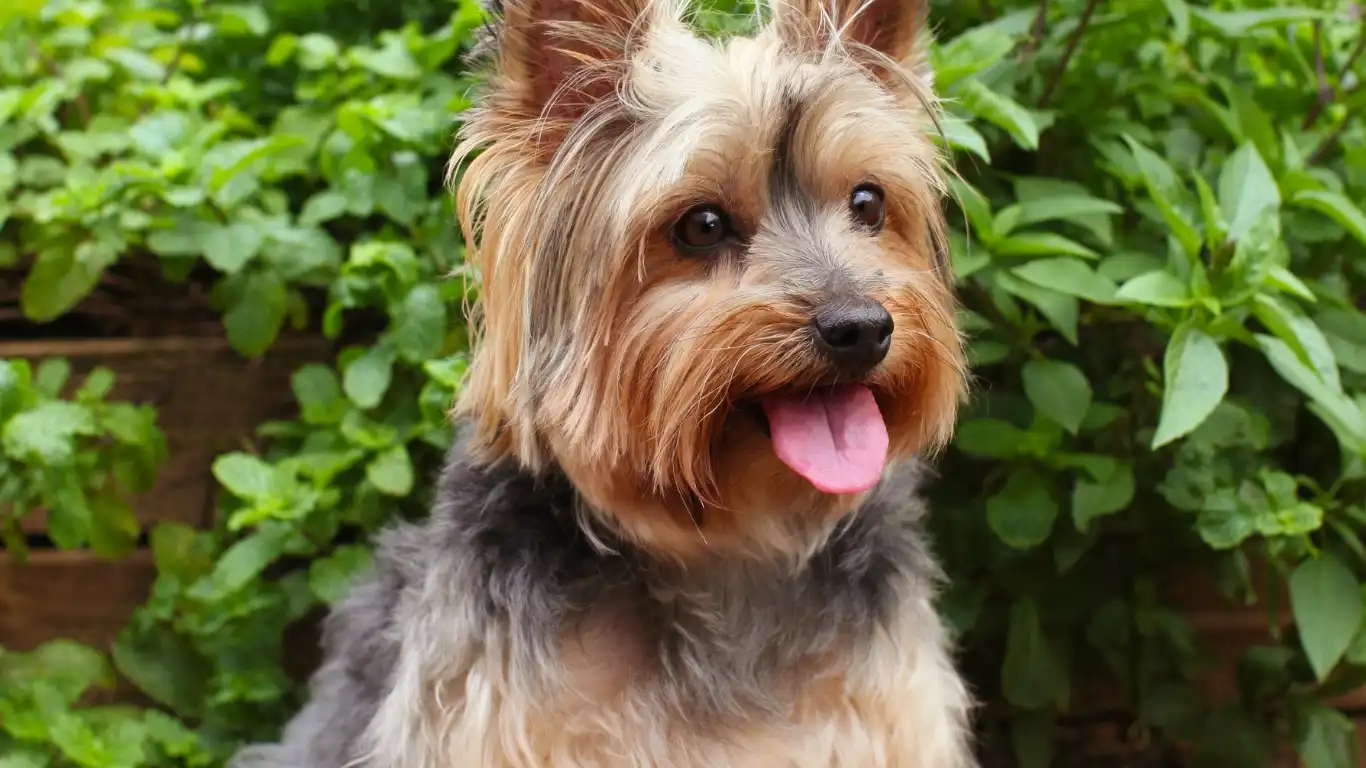
While enrichment is powerful, there are times when it’s not a magic wand. If your dog’s behavior is severe — aggressive, excessively fearful, or self-harming — it’s important to reach out to a professional. As a veterinary technician, I’ve worked alongside behaviorists and trainers who specialize in these cases. They can tailor a plan that includes enrichment but also uses targeted behavior modification techniques.
Don’t hesitate to ask your vet for a referral if you feel overwhelmed. I’ve seen too many owners try to “fix” behavior problems on their own and end up frustrated or even unintentionally reinforcing bad habits.
How a Vet Tech or Behaviorist Can Help
- Conduct a thorough assessment of your dog’s history and environment.
- Develop a step-by-step plan combining enrichment, training, and possibly medical evaluation.
- Provide hands-on guidance and support so you don’t feel lost along the way.
Remember, dogs are individuals. What works for one might not work for another, and sometimes medical issues like pain or sensory decline can underlie behavior problems. That’s why a well-rounded approach, grounded in expertise, makes all the difference.
Final Thoughts on How to Improve Your Dog’s Behavior Through Enrichment
Over the years, my experience as a veterinary technician specializing in nutrition and behavior has taught me that enrichment is not a luxury — it’s a vital part of a dog’s wellbeing. It taps into their natural instincts, keeps their brain sharp, and helps prevent the boredom and frustration that often lead to unwanted behaviors.
Whether you’re a busy professional, a multi-dog household, or welcoming a new puppy, integrating enrichment doesn’t have to be complicated. Start small, stay consistent, and pay attention to what your dog enjoys. It’s a journey — but one that pays off with a happier, healthier companion.
References
- American Veterinary Medical Association
- American Society for the Prevention of Cruelty to Animals
- Colorado State University Veterinary Teaching Hospital
- American Kennel Club
Disclaimer
This article is intended for educational purposes only and is not a substitute for professional veterinary advice. If your dog is exhibiting severe behavioral problems or health issues, please consult your veterinarian or a certified animal behaviorist for personalized guidance and treatment.
